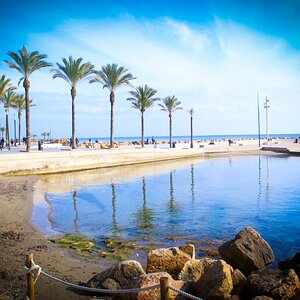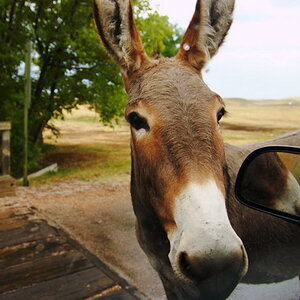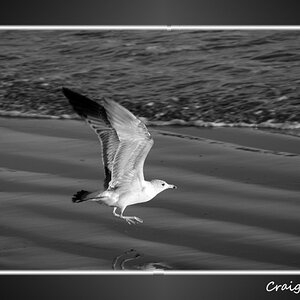hamlet
No longer a newbie, moving up!
- Joined
- Sep 12, 2013
- Messages
- 2,894
- Reaction score
- 435
- Location
- Belgium
- Can others edit my Photos
- Photos OK to edit
I'm wondering if my d3200 is able to gather the same amount of light from my 50mm at f1.4 as it would on the d600? I mean i know that the more you open the iris in the lens, the shallower your dof becomes because it is letting in more light. Here in this video it shows this example i'm talking about:
I mean if the image on my d3200 is less shallow, then it must mean that my 50mm isn't really shooting at f1.4 when i use it at f1.4 on my aps-c camera. I'm a bit confused here about this.
I mean if the image on my d3200 is less shallow, then it must mean that my 50mm isn't really shooting at f1.4 when i use it at f1.4 on my aps-c camera. I'm a bit confused here about this.
Last edited by a moderator:


![[No title]](/data/xfmg/thumbnail/41/41785-954f8d646534214ba1f63ad878e73dd8.jpg?1619739891)
![[No title]](/data/xfmg/thumbnail/40/40287-4f839095000f74d779b90ed75df9dc62.jpg?1619739408)

![[No title]](/data/xfmg/thumbnail/35/35953-1a8b92df0115ff7026f31b78855ac815.jpg?1619737264)

![[No title]](/data/xfmg/thumbnail/35/35946-771bfce9b2727c9126587d96c471da80.jpg?1619737254)

![[No title]](/data/xfmg/thumbnail/30/30863-8c53522e4ed851e96cb7411e74b9fe59.jpg?1619734482)
![[No title]](/data/xfmg/thumbnail/42/42058-8597ac0f687fb4007aa3ca0210936f04.jpg?1619739994)
![[No title]](/data/xfmg/thumbnail/40/40288-4d5d7a8aa74ddfceb5fb82062d9b21be.jpg?1619739409)
![[No title]](/data/xfmg/thumbnail/41/41781-7dcfd2ee71d4a453b4ad9fb5c7e723f1.jpg?1619739890)
